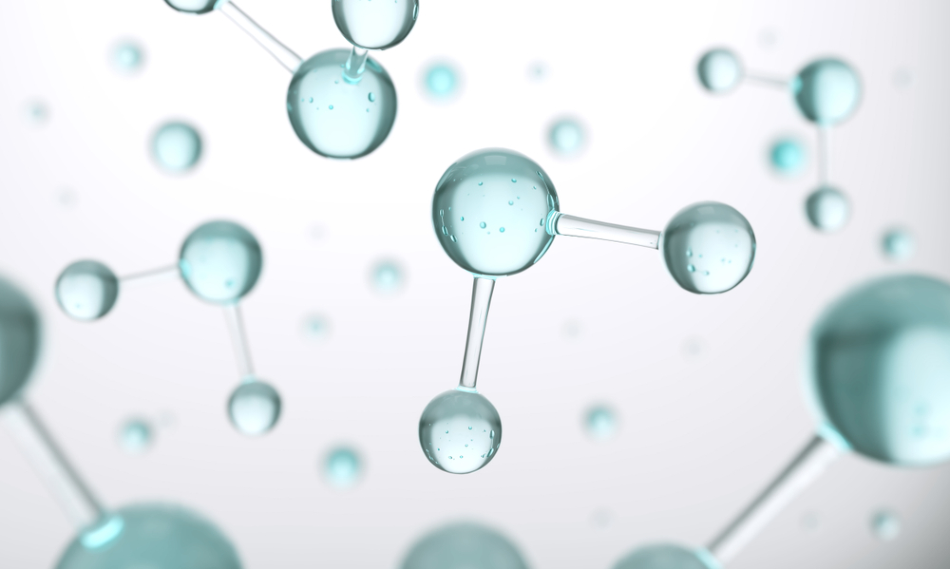Gas chromatography is a new method for quantitating and separating vaporized compounds utilizing an inert carrier gas.

Image Credit: Shutterstock/Anusorn Nakdee
It performs on concepts similar to column permeation chromatography, where a sample is dissolved in a mobile phase and travels through a porous stationary structure.
How Does Gas Chromatography Work?
By the time it takes for compounds to elute from the permeable column, they are quantified and characterized.
This factor is established by several features, such as hydrodynamic behavior, concentration in the mobile phase, and molecular weight.
The differentiating factor between standard chromatographic techniques and gas chromatography is the use of a vapor instead of a fluid as a mobile phase, and a liquid in contrast to a solid for the stationary phase.
Non-reactive gases, for example hydrogen (H) or helium (He), are employed as a carrier for the vaporized molecules of interest.
This gaseous combination is transported through the column of a gas chromatograph, which is made up of an inert, solid substrate and a microscopic fluidic membrane.
This column divides vapors depending on their affinity with the stationary fluid and their mechanical features. The flow-through rates of the sample’s constituent parts can be employed for compound detection, purification, identification, and quantitation.
In gas chromatography, elution in gas is electronically observed utilizing a detector at the outlet stream of the permeable column.
This analyzes the retention time (tR) of compounds to qualitatively establish their adsorption features with packing media of specific chemical compositions.
Gas Chromatography for the Semiconductor Industry
The reason for the increase in technological sensitivity in the field of gas analysis is due to the extreme requirements for chemical purity enforced by the increasing demands for large scale integration in the semiconductor manufacturing industry.
This is particularly driven by the investigation of trace levels of atmospheric contaminants in inert semiconductor process gases.
The performance of full-scale analysis, such as that provided by chromatography, can bring much more insight into the levels of contamination in the gases of interest.
Environics’ solutions offer the capability to carry out routine quality control testing of cylinder-based gas phase products with the required flexibility, precision, and accuracy necessary when screening various gases used by the semiconductor industry.
Challenges in Gas Chromatography
The calibration of detectors continues to be one of the constant challenges in gas chromatography.
Several types of detector are integrated with gas chromatographs comprising of flame ionization detectors, thermal conductivity detectors, and flame ionization detectors.
Each of these systems perform on distinct concepts and must be calibrated to detect microscopic gas concentrations with high selectivity and in real-time.
The performance of gas chromatography calibration needs specialized gas mixers to produce a test mobile phase with the required concentrations.
This depends on the area of application. Typical gas chromatography investigations need mass accuracy levels to the parts per million (ppm) and parts per billion (ppb) range. Mixers must also have the ability to match the preferred thermal mass flow rate and pressure ranges of test conditions.
Gas Chromatography Solutions from Environics
Environics has decades of experience in manufacturing dividers, gas mixers, and diluters for gas chromatography calibration.
The Model 4000 systems are ten times more precise than average thermal mass flow meters and can be tailored to the characteristics of the gases of interest.
This provides the dependable detection of the compounds of interest and preparatory observation of concentration levels, while establishing a repeatable and precise calibration curve.
Our Zero Air Generators (ZAG) are created for optimized flexibility and cost effective calibration of gas chromatographs.
They offer a consistent stream of contaminant-free air at flow rates of 20 liters per minute (SLPM) and pressures of 30psi. They can be employed as a stand-alone system or can be integrated with an existing compressed air source.
Environics’ range of systems for gas chromatography calibration include:
- Series 4000 Multi-Component Gas Mixing System
- Series 4020 Computerized Gas Mixing and Dilution System
- Series 4040 Gas Dilution System
- Series 7000 Stand-Alone ZAG

This information has been sourced, reviewed and adapted from materials provided by Environics, Inc.
For more information on this source, please visit Environics, Inc.